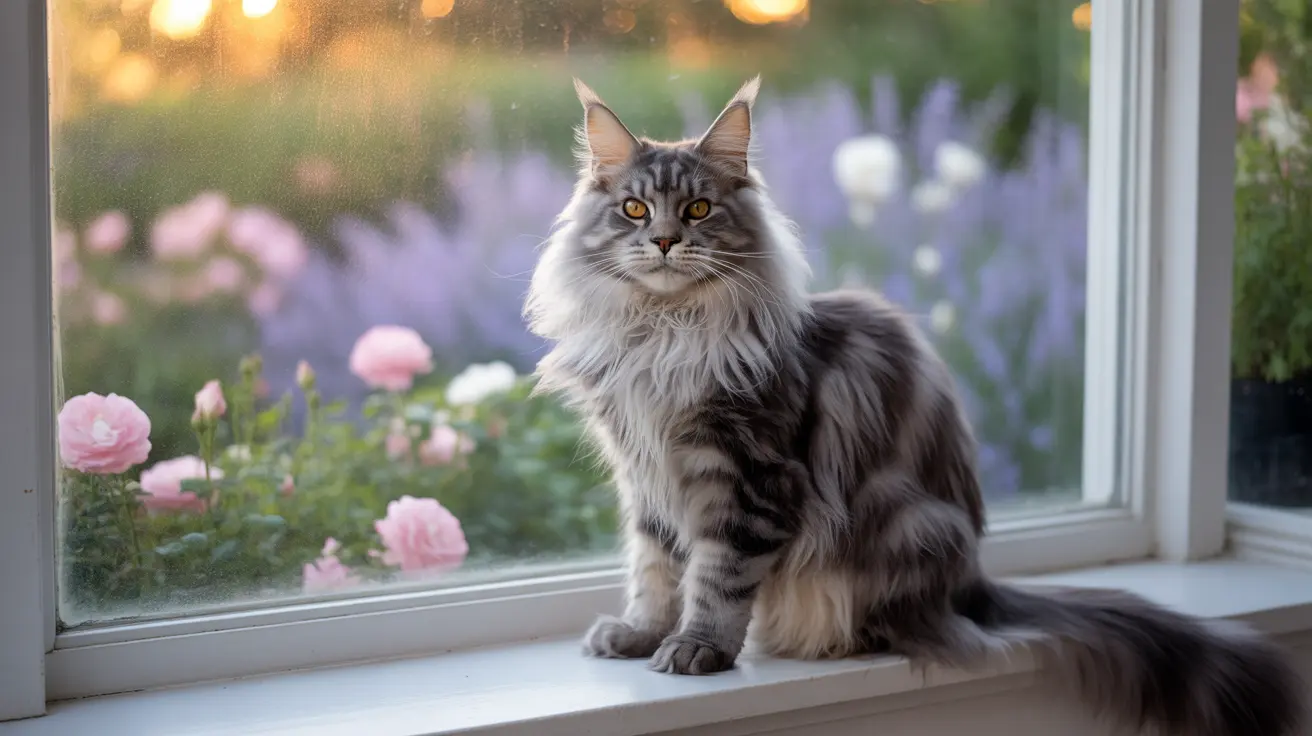While cats are often perceived as independent and aloof creatures, many cat owners have witnessed their feline companions displaying surprisingly protective behaviors. From subtle vigilance to remarkable acts of heroism, cats can indeed be protective of their owners, albeit in ways that differ significantly from their canine counterparts.
This comprehensive guide explores the fascinating ways cats demonstrate their protective instincts, backed by scientific research and real-world examples that showcase the depth of the cat-human bond.
Understanding Cats' Protective Nature
Cats exhibit protective behaviors through a combination of territorial instincts and emotional attachment. Unlike dogs, who display overt protective behaviors, cats tend to be more subtle in their approach to guarding their human family members.
Research has shown that cats form deep emotional attachments to their owners, similar to the bonds between human parents and infants. This attachment forms the foundation of their protective instincts.
Common Signs of Protective Behavior in Cats
Vigilance and Monitoring
Cats often demonstrate their protective nature by maintaining careful watch over their environment and family members. They may:
- Position themselves in elevated spots with good visibility
- Stay close to their owners while sleeping
- Follow family members from room to room
- React to unusual sounds or movements
Warning Signals and Alerts
When cats sense potential danger, they communicate their concerns through various behaviors:
- Growling or hissing at unfamiliar people or animals
- Ears perked and alert when detecting unusual sounds
- Tail positioning that indicates alertness or concern
- Vocalizing to warn their owners of potential threats
The Science Behind Feline Protection
Studies have revealed that cats' protective behaviors are rooted in both instinct and emotional connection. Their acute senses allow them to detect environmental changes that humans might miss, making them excellent early warning systems for potential dangers.
Research has shown that cats prefer social interaction with their owners over food or toys, indicating a strong social bond that goes beyond mere dependency for survival.
Remarkable Cases of Cats Protecting Their Owners
There have been numerous documented cases of cats taking extraordinary action to protect their owners:
- Cats alerting families to house fires
- Felines detecting medical emergencies
- Cats defending children from aggressive animals
- Instances of cats warning owners about carbon monoxide leaks
How to Strengthen Your Cat's Protective Bond
While cats' protective instincts are largely innate, owners can strengthen their bond and encourage protective behaviors through:
- Regular interactive play sessions
- Consistent feeding schedules
- Positive reinforcement training
- Creating safe spaces within the home
- Responding to their communication cues
Frequently Asked Questions
How do cats show they are protective of their owners?
Cats show protective behavior through vigilant monitoring, staying close to their owners, warning vocalizations, and occasionally intervening in dangerous situations. They may also follow their owners around the house and react to unfamiliar people or sounds.
Can cats really defend their owners in dangerous situations?
Yes, there are documented cases of cats defending their owners in dangerous situations, including protecting children from aggressive dogs and alerting families to fires or gas leaks. While not all cats may act heroically, many have demonstrated remarkable protective instincts when needed.
Why are some cats more protective and attached to their owners than others?
The level of protectiveness varies based on factors including early socialization, individual temperament, breed characteristics, and the strength of the bond between cat and owner. Cats who receive consistent care and positive interactions typically form stronger protective bonds.
How does a cat's protective behavior differ from a dog's loyalty?
While dogs typically show obvious protective behaviors based on pack mentality, cats' protective nature is more subtle and rooted in territorial instincts and emotional attachment. Cats tend to use vigilance and warning signals rather than direct confrontation.
What signs indicate my cat is guarding me or our home?
Signs of guarding behavior include following you around, positioning themselves in elevated spots to observe their surroundings, reacting to unusual sounds or movements, and displaying alert body language when strangers approach.
Conclusion
While cats may not demonstrate protection in the same way as dogs, their unique form of guardianship combines instinct, intelligence, and emotional attachment. Understanding and appreciating these subtle yet meaningful behaviors can help strengthen the bond between cats and their owners, creating a deeper mutual trust and connection.






